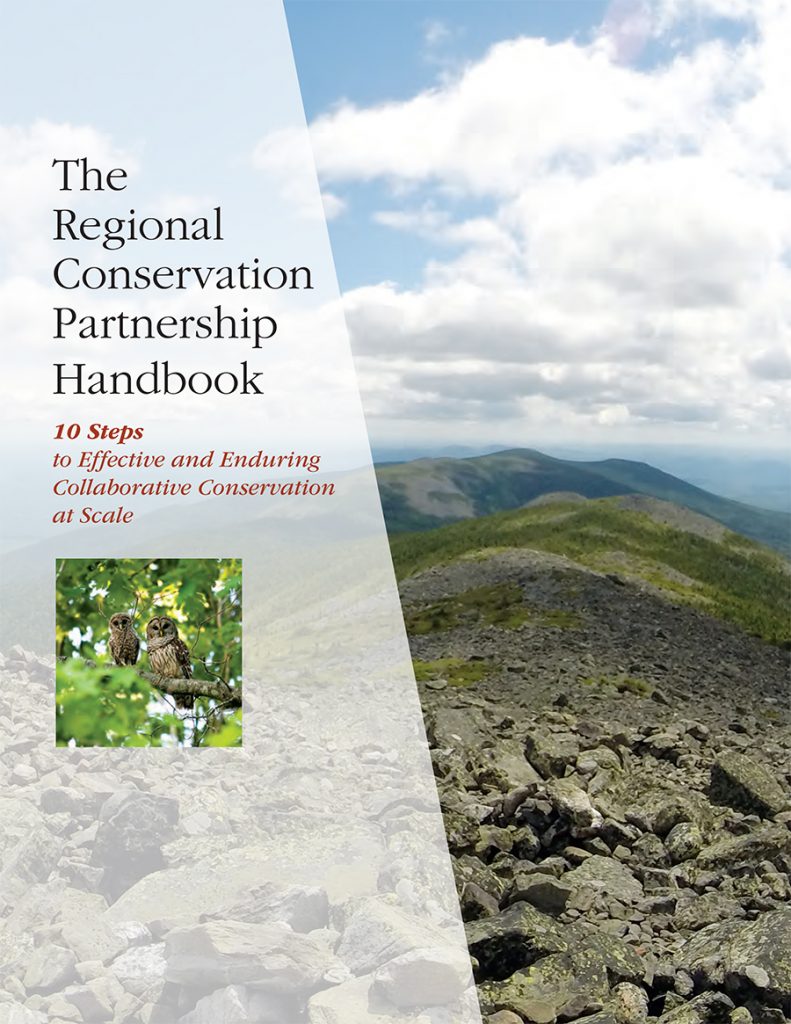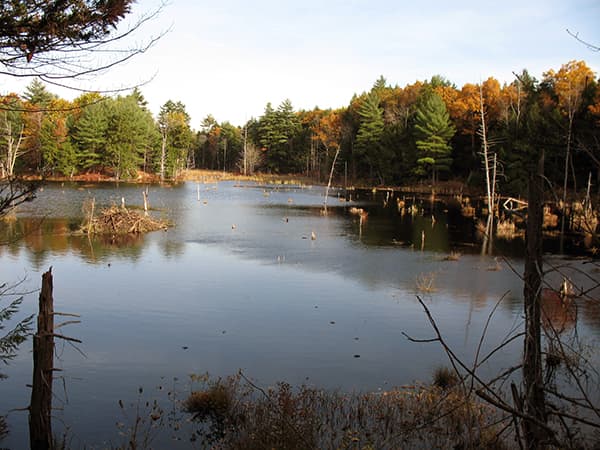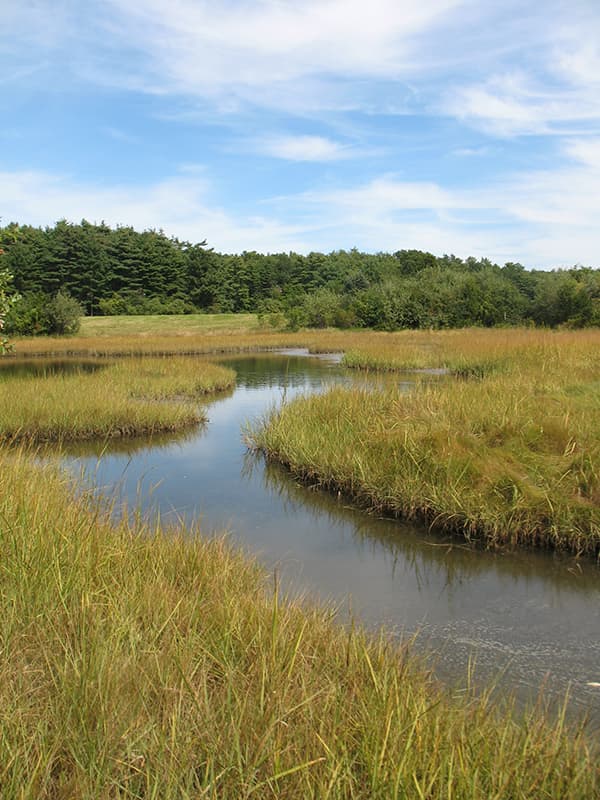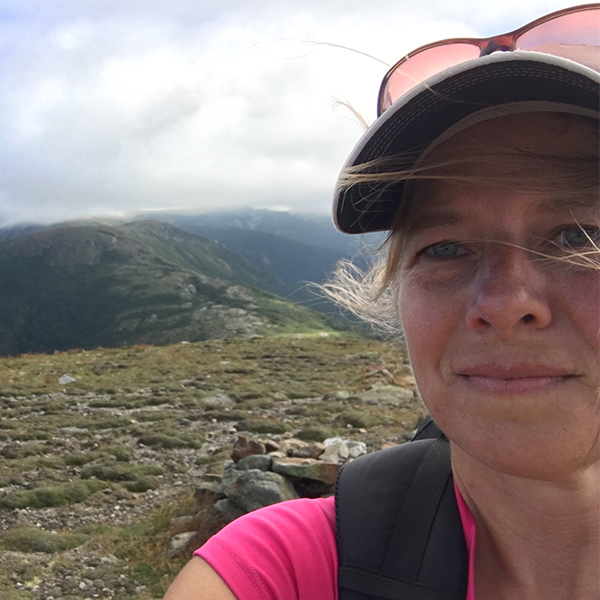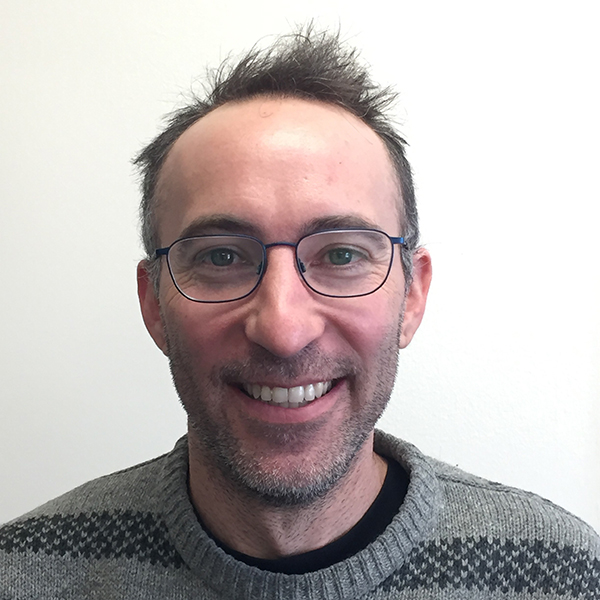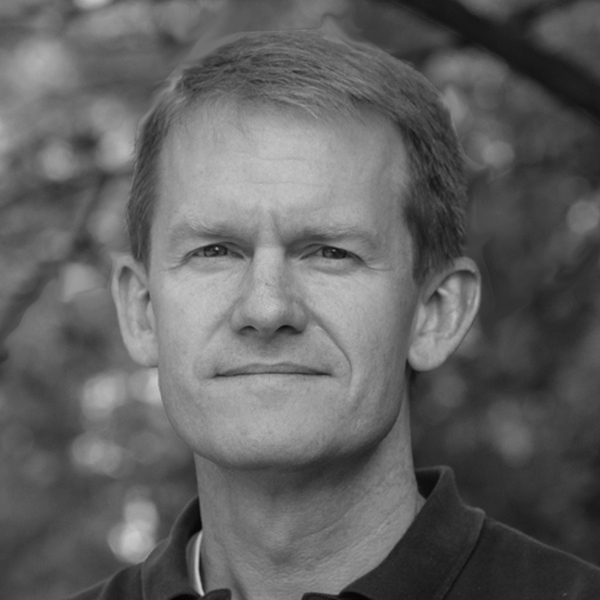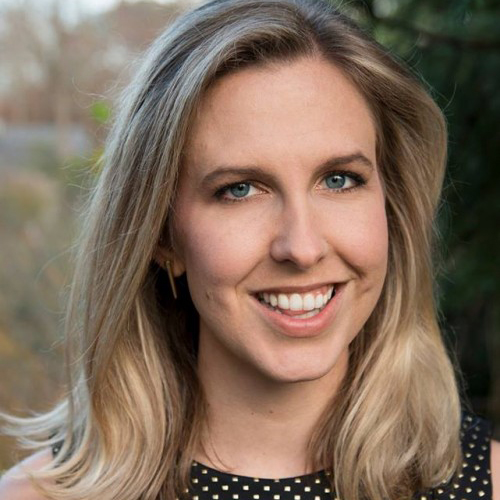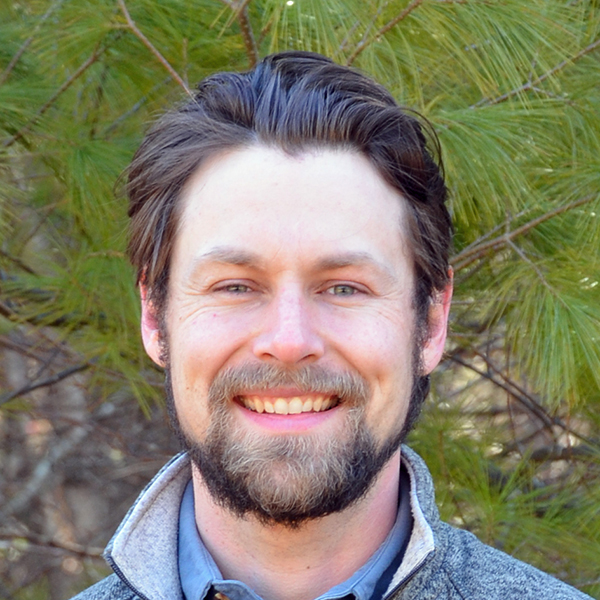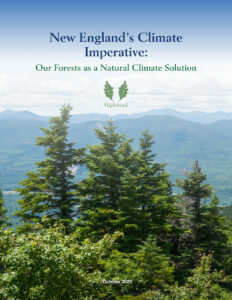The early decisions of an RCP—Who are your members? What’s your region? Who’s the host partner? How and when do members meet as an RCP?—can influence how well your members function together as a partnership later on. Whether you want to build an RCP from scratch or have a team of people for a new partnership already in mind, your objectives and intent for the partnership are critical to long-term outcomes.
Anyone who has coordinated an RCP or other landscape conservation initiative may be rolling their eyes right about now, saying to themselves, “You can’t dictate how a partnership should begin. There are too many variables.”
Indeed, there are many variables that are difficult to impact in the short term, including:
- Capacity of conservation organizations and land trusts in the prospective region;
- Level of interest in the region among state and federal agencies, national organizations, and philanthropic foundations and major donors;
- Average parcel size and development and conservation cost/acre;
- History of landowners donating conservation easements vs. expecting payment;
- Capacity of municipalities to bond for open space and collaborate;
- Diversity of sectors that conservation groups have already engaged;
- History of collaboration among these entities; and,
- Knowledge, expertise, leadership, and political connections in the areas of environmental justice, community conservation, philanthropy, conservation finance, communication, and land protection projects.

In the Northeast, only a few RCPs were established in regions well-positioned in terms of these variables. In other less-promising regions, despite challenges, RCPs succeeded because their members shared information and worked together to build the capacity of local groups and communities. And, in most cases, the host partner had the capacity and internal support to administer and coordinate the RCP.
Members of these resourceful RCPs met regularly (in-person pre COVID-19), and their leaders created enough governance (e.g., regular meetings, a steering committee, working groups, partner agreements) to ease sharing of knowledge, experience, and opportunities. These included invitations to collaborate in planning, engaging communities, mapping, and fundraising. In time, some of these RCPs ended up cultivating a new culture of collaboration, resulting in more acres conserved and under stewardship. This involved new mergers, alliances, and innovations. Some RCPs developed new skills as a result. Here are a few examples of changes RCPs made to be more successful:
- RCP’s boundary: Moved the boundary to include the entire region of the host partner organization to foster stronger internal support for the RCP by the convening organization’s board.
- Host Partners: With an interstate RCP, members recognized the necessity of having two host partners and co-coordinators to help the new RCP engage members in each state equally.
- Coordinator: With very few resources, members applied for a grant with another RCP and, with the award, hired a one-day/week coordinator to begin bringing value to all-volunteer land trusts by organizing members to apply for a large federal grant.
Even if the region and prospective members have many positive attributes, members might consider taking a raise-all-boats approach as soon as they can. For example, if opportunities warrant, organize quickly to acquire a timely source of funding. Then go back and build that capacity to collaborate afterward. Sayings that seem to apply here are, “Go slow to go fast;” “Progress at the speed of trust;” and “Everyone moves forward or no one moves forward.”
